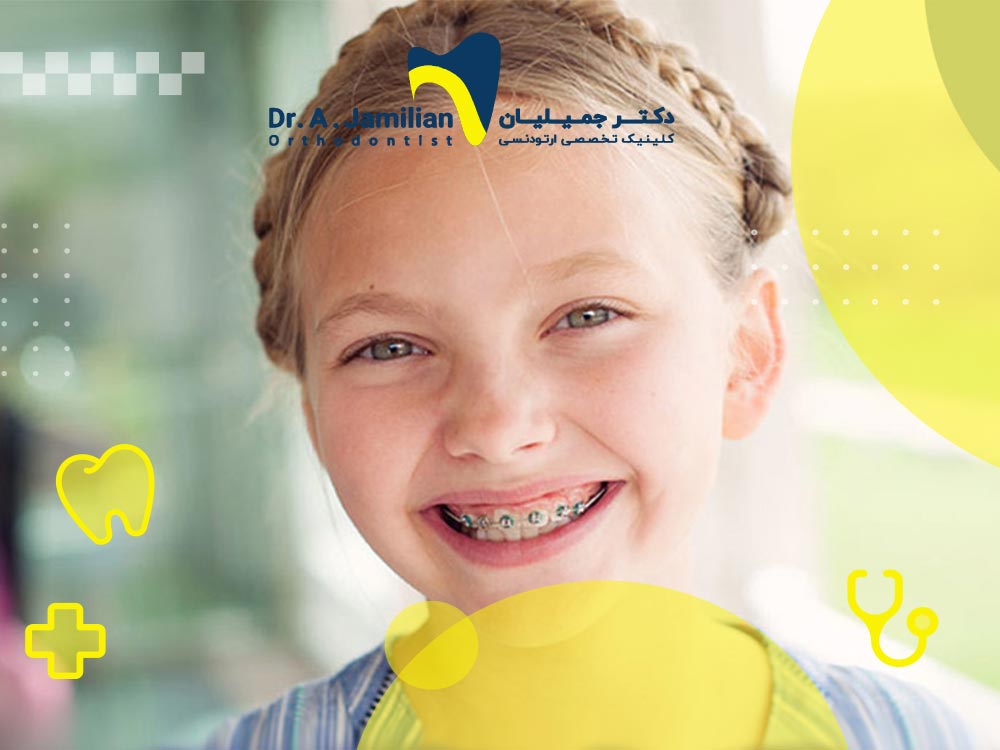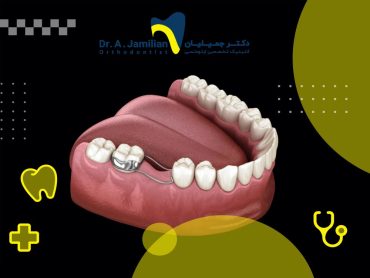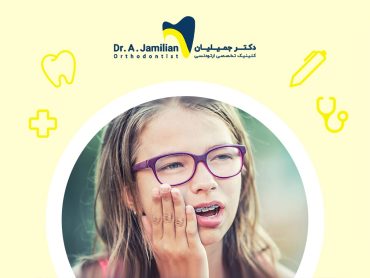Simply put, prevention is better than cure! Unfortunately, not all problems can be prevented. Dislocation of the teeth from their normal anatomical state, the so-called “misaligned teeth”, and the subsequent need for orthodontic treatment, is one of the many cases that cannot always be prevented. The reason is that many factors are involved in this condition, the most important of which is genetics. While orthodontic prevention is not always possible, the next effective step is early orthodontic treatment.
Excessive distance or space between teeth, crowded teeth, teeth protrusion, extra teeth, missing or lost teeth, maxillofacial disorders, and overbite are some instances that can be diagnosed at an early examination and controlled or treated by early orthodontic treatment.
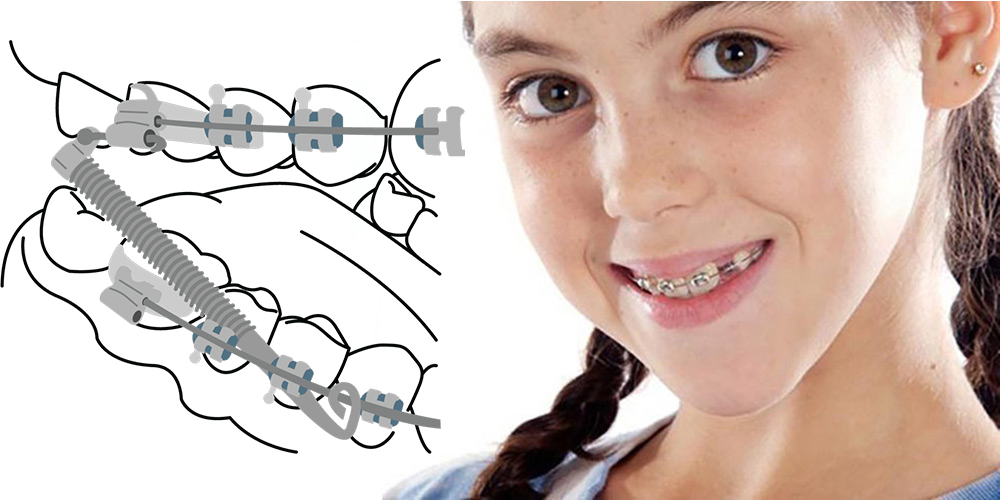
The best time for orthodontics
Although advances in dental science and technology have made it possible to achieve positive results from orthodontic treatment even in people over 40 years of age, the likelihood of an ideal outcome is always higher in early orthodontic treatment.
According to dentists and orthodontists, the best time for dental examinations is 7 years of age and the best time to start early orthodontic treatment is 8-9 years of age. The reason for this timing is the regrowth of the teeth along with the predictable & detectable changes in the teeth.
If there is a complication in the appearance, health, or position of the teeth, these ages are the absolute best time for diagnosis and treatment.
Thus, parents should be aware that their child’s dentist may recommend an orthodontist to examine their child’s teeth at age 7, or even before and after the deciduous teeth eruption. The reason for this recommendation is to ensure that the teeth are properly aligned and to start early orthodontic treatment if necessary.
The best time for early orthodontic treatment is when the permanent teeth start to erupt in the mouth.
Types of early orthodontic treatment
The time and type of orthodontic treatment are determined by the orthodontist according to the type and extent of dental or maxillofacial problems. In some cases, removable orthodontic treatment should be started at the age of 8. In some others, removable orthodontic treatment should be postponed up to 10 years of age.
The recommended age for early orthodontic treatment is commonly between 12-14 years old. During this treatment, which is performed after removable orthodontics, the teeth are placed in their final ideal form using fixed special brackets and wires.
In some instances, in addition to problems related to misaligned teeth, there may be maxillofacial problems, in which case early orthodontic treatment is combined with maxillofacial surgery, which is called orthognathic surgery.
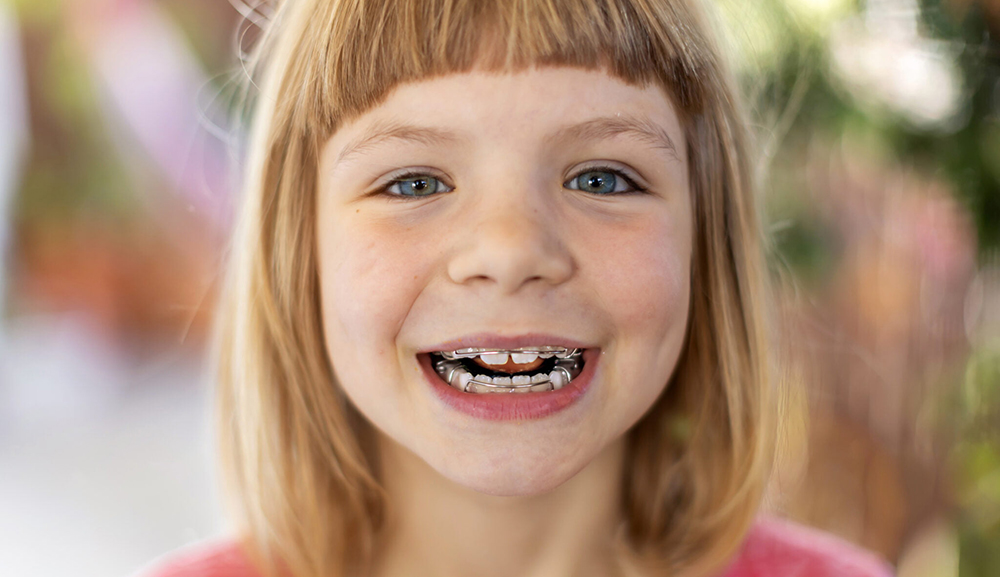
Important factors in the need for orthodontic treatment
As mentioned earlier, genetics probably plays the most important role in causing complications such as misaligned teeth or maxillofacial problems.
However, the effect of acquired factors on this condition and the need to start early orthodontic treatment cannot be overlooked.
Improper nutrition, trauma or shock, habits such as finger sucking, poor hygiene, and oral disease are some of the reasons that can cause dental problems in childhood and the need for early orthodontic treatment.
Benefits of early orthodontic treatment in children
Early orthodontic treatment from childhood has many advantages compared to late treatment and orthodontics at older ages.
If there are maxillofacial abnormalities, proper orthodontics decreases the need for surgery in adulthood due to the growing jaws of children.
Note that early orthodontic treatment in children can easily achieve the desired result. Removable orthodontics, on the other hand, is difficult to perform in adults and it is more difficult to achieve the desired results at older ages.
Reducing the risk of broken teeth emerging from the dental arch, controlling the growth of the dental arch, creating a suitable space for the growth of permanent teeth, and helping the permanent teeth to grow in the right position are some of the other benefits of early orthodontic treatment.
